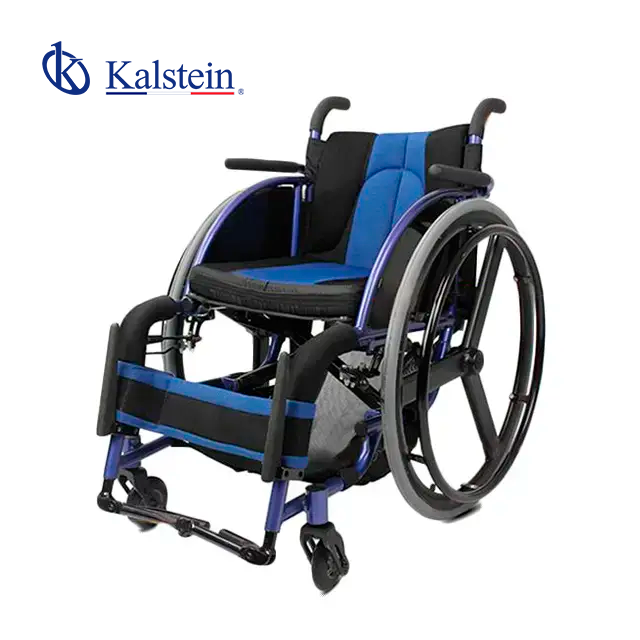PARIS — Recent developments in targeted therapy combinations, strategies to mitigate side effects, subcutaneous immunotherapy, and artificial intelligence algorithms for predicting immunotherapy responses were highlighted at the European Lung Cancer Congress (ELCC) 2025, organized by the European Society of Medical Oncology (ESMO) in Paris. These clinical trials have opened new avenues for improving both survival rates and quality of life for patients with metastatic non-small cell lung cancer (NSCLC).
In France, 50,000 new lung cancer cases are diagnosed annually, with 80% classified as non-small cell lung cancer. More than two-thirds of these tumors are diagnosed at a metastatic, inoperable stage. Despite the grim prognosis, the five-year survival rate has improved from 10% to 20% over the past two decades, indicating steady progress.
“There isn’t just one type of lung cancer; there are many, each identified by specific genetic markers,” explained Professor Nicolas Girard, a pulmonologist and head of the medical department at the Institut Curie in Paris, during a press conference. These tumors carry various mutations, such as those on the EGFR, KRAS, ALK, BRAF, and HER2 genes. In France, 100% of non-small cell lung cancers undergo genetic analysis to identify mutations that could be targeted with specific treatments.
One of the key advancements presented at the congress was the MARIPOSA 3 international clinical trial, which evaluated the combination of two targeted therapies against lung tumors with an EGFR gene mutation. This trial demonstrated significant progress.
“For patients with this mutation, which affects 20% of these cancers, targeted therapies are available. Most patients experience tumor size reduction and improved survival,” noted Professor Girard. “However, after an average of 18 months, these medications lose their effectiveness. This trial shows that a dual targeted treatment is much more effective than a single drug.”
The MARIPOSA 3 trial, involving over 1,000 patients, compared the survival impact of combining amivantamab and lazertinib, both targeting the EGFR mutation, with osimertinib, an anti-EGFR used alone.
“The results reveal that after three years, 60% of patients are still alive with the combination therapy, compared to 51% with the single drug. After 42 months, the gap widens further, with 56% of patients alive with the dual therapy versus 44% with a single targeted therapy,” summarized Dr. Enriqueta Felip from the Barcelona Institute of Oncology, co-author of the study.
The single anti-EGFR targeted therapy now appears outdated compared to the combination of two treatments for this indication. “A request has been made to the transparency commission for this combination to be available in France,” added Professor Girard. In the near future, these dual combinations could be paired with other molecules, such as chemotherapy-conjugated antibodies, as trials have also shown the benefits of such combinations.
However, these EGFR-targeted therapies have dermatological side effects (redness, acne, rashes, nail issues), which can affect quality of life. In the MARIPOSA 3 trial, to prevent more severe side effects with two anti-EGFRs, the COCOON randomized study, coordinated by Professor Girard, evaluated the effectiveness of prophylactic treatment, including oral antibiotics and local skin care.
According to Professor Pascale Tomasini, a medical oncologist at Hôpital Nord de Marseille who participated in the trial, this strategy reduces the incidence and severity of skin side effects by 70%. It is possible to double these targeted treatments while reducing their side effects.
Other preliminary trials with targeted treatments presented at the congress showed promising results for cancers with the KRAS mutation (29% of cancers). Similarly, new data from a phase 1/2 multicenter study (SOHO-01) with an inhibitor targeting HER2 (3% of NSCLC) appear very encouraging.
Regarding immunotherapy, indicated for certain lung cancers, recent studies have identified strategies to distinguish between good and poor responders. Only 30% of patients respond to immunotherapy, and it is challenging to predict who will respond well. Researchers from the Institut Curie, Inserm, and Mines Paris-PSL combined various data types (genomic, radiomic, pathological, clinical) within artificial intelligence algorithms. They discovered that algorithms combining these four data types offer a promising prediction of treatment response.
Another advancement concerns patients with operable lung cancer. French researchers confirmed, in real-life settings, the results of the CheckMate816 study, showing that three immunotherapy injections before surgery increased the cure rate and reduced the risk of death and long-term recurrence by 40%.
Finally, immunotherapy can now be administered subcutaneously for lung cancer. Trials have shown that this administration route is equivalent in efficacy to intravenous administration. Patients could now be treated at home instead of receiving infusions in the hospital, marking a small victory for patient quality of life.
Follow Medscape French edition news on Bluesky.
Subscribe to Medscape newsletters: select your choices.
Thoracic oncology: why bet on drug-conjugated antibodies?
PANACÉE, an app on targeted therapies against non-small cell bronchial cancer.
NSCLC: two new treatments reimbursed.
Image Credit: Dreamstime
Medscape News © 2025 WebMD, LLC
Cite this article: Significant Advances in the Management of Metastatic Non-Small Cell Lung Cancer – Medscape – April 2, 2025.
Source: https://francais.medscape.com/voirarticle/3612699




